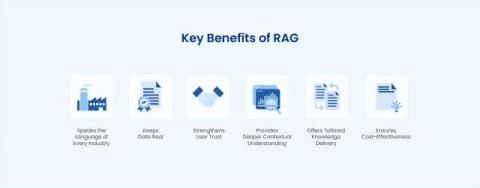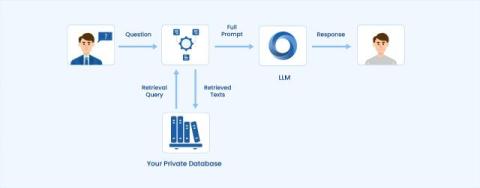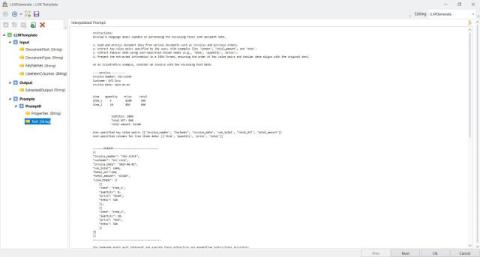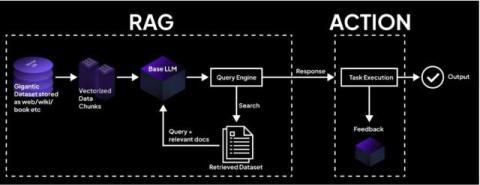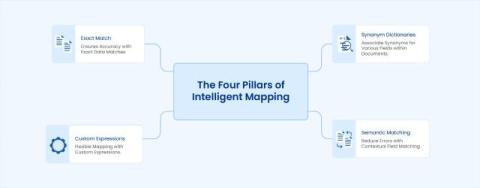Breaking Down Myths About AI Document Processing
Let’s be honest – AI can seem like a bit of a mystery, and with this mystery comes myths and misconceptions. Is it actually that good? Can it handle varying document structures? Can it integrate with my existing systems? Because of this mystery, many companies have yet to take the leap and incorporate AI into their data processes. Today, we’re going to play MythBusters, separate fact from fiction, and show how you can use AI document processing to maximize efficiency and save costs.



